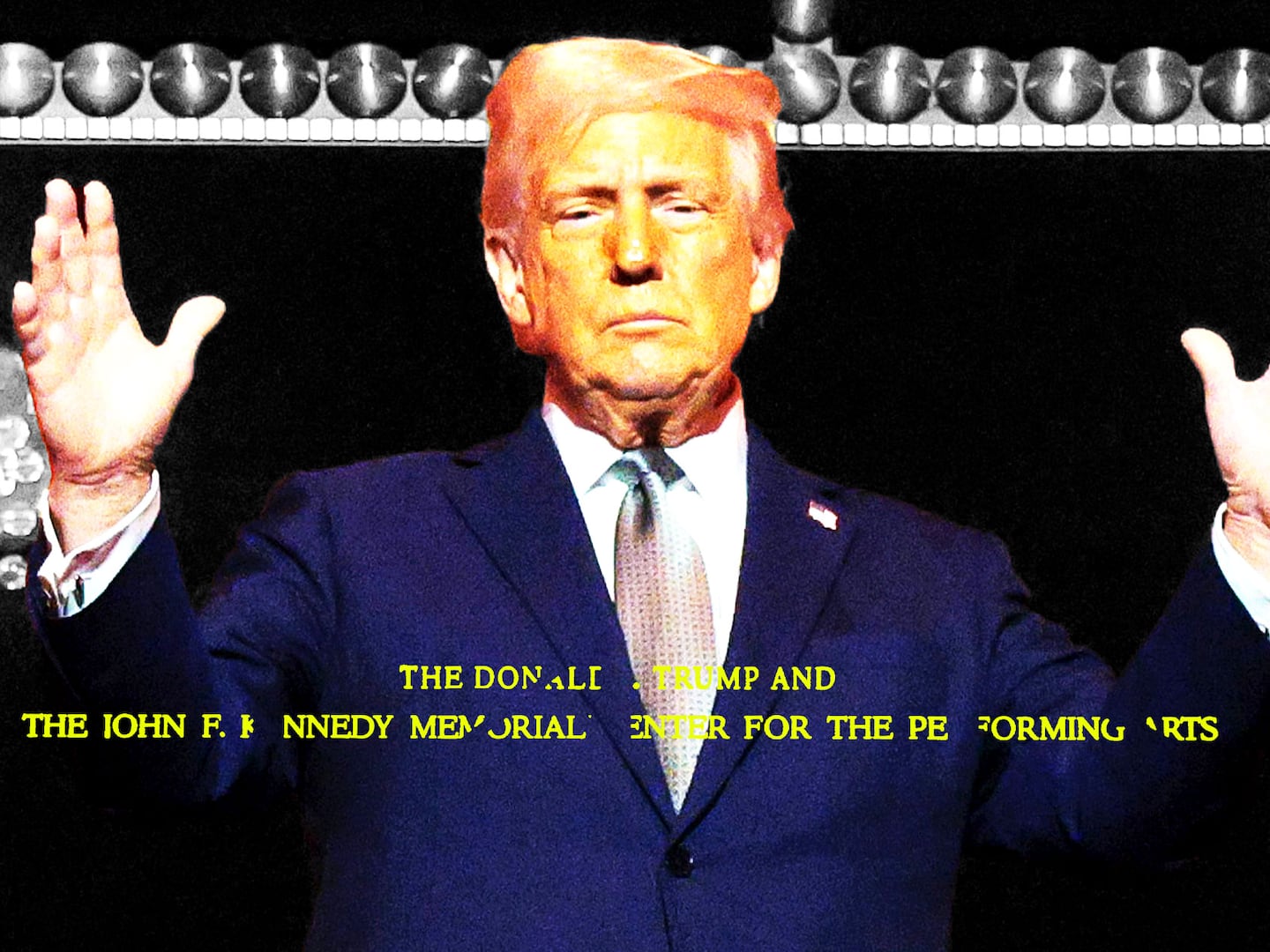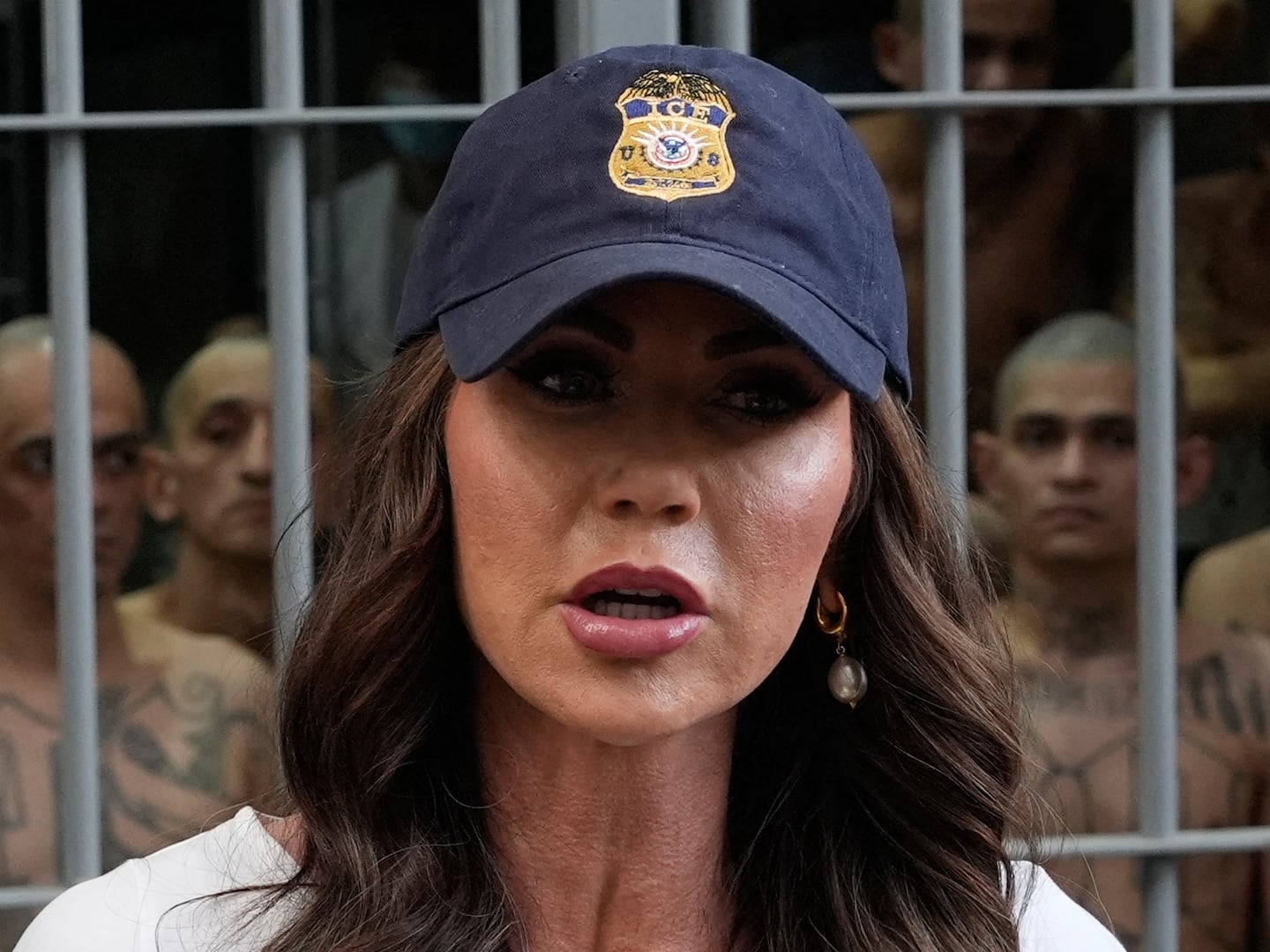In “Fix,” last week’s episode of HBO’s excellent new series Sharp Objects, a group of very drunk teenagers out past curfew chase a squealing pig around a field. The pig wriggles out of grasp, snarky comments are made, and the whole sequence is over in about the time it takes Camille (Amy Adams) to polish off a water bottle full of Svedka.
This quintessentially small-town vignette captures the show’s setting, the fictional hog-farming town of Wind Gap, Missouri. The town is tiny, and since it’s located in the “bootheel” of Missouri—the southeasternmost corner of the state bordered by Arkansas and Tennessee—gossip, racism, sexist come-ons, and honeyed passive-aggression are all integral to the Wind Gap experience. As Camille tells Detective Richard Willis (Chris Messina), when someone in Wind Gap says “bless your heart,” they really mean “fuck you.” And since both Camille and Richard are from “big cities” (Willis was sent from Kansas City to help investigate several recent murders; Camille relocates from St. Louis) and ask difficult questions, they are more or less pariahs. As in most stereotypical small towns, Wind Gap residents don’t take too kindly to big-city folk interfering in their business.
Before Camille returned home to Wind Gap to investigate a murder and disappearance, she was working as a reporter in St. Louis, Missouri—not exactly a major move, but for all the people in Wind Gap talk, you’d think she had just come back from Dubai. We see little of St. Louis in the series, which makes sense given Camille’s relocation in the first episode. Unfortunately, that also means the fictional small town, with all its sinister homespun charm, is the only iteration of Missouri that viewers get to see.
Sharp Objects is based on a novel by Gone Girl author Gillian Flynn, herself a Missourian by birth. But as anyone who’s ever been to (or lived in) Missouri will tell you, most teenagers there don’t spend free time chasing pigs in cornfields, and not every small town is rife with petty drama and xenophobia. Even so, Sharp Objects is just the latest in a spate of recent shows and movies to portray Missouri as a lawless den of meth labs, violence, and ruthless gossips.
The Netflix show Ozark takes place in southern Missouri as well, at the Lake of the Ozarks, fondly referred to as the “Redneck Riviera” by locals and tourists alike. In that show, Marty Byrde (Jason Bateman) relocates his family from the Chicago suburbs to the barbaric Ozarks in a last-ditch attempt to launder money and save himself from a ruthless drug kingpin.
The show plays the rural sensibilities of Ozark residents for laughs—the owner of a strip joint corrects Marty when he refers to it as a “gentlemen's club”: “Titty bar. It’s called a titty bar.” Other similarly cartoonish moments abound, like when Marty’s wife Wendy (Laura Linney) walks in on a real estate agent forcing his dog to lick peanut butter off his toes. People of the Ozarks are weird, the show seems to emphasize, until they’re not: soon after they arrive, the Byrdes are robbed by a local family of petty criminals and grifters. A scheming, smooth-talking Marty manages to convince the rednecks to abandon their delusions of grandeur and return the cash. In Ozark, Missourians fall into two categories: dim-witted rednecks with politically incorrect tendencies, or con artists who pine for nothing more than a pre-owned pickup truck or flat-screen TV.
Movies, too, have found a certain inspiration in the Show Me state. There’s the adaptation of Flynn’s novel Gone Girl, where the ruthless Amy (Rosamund Pike) manages to exploit Midwestern friendliness in a diabolical scheme to frame her husband for murder (she too gets robbed by some rough-and-tumble local women while hiding out at a campground in the Ozarks). And then there’s Winter’s Bone, the film that gave Jennifer Lawrence her start and solidified Missouri’s reputation in the rest of the U.S. as a lawless, crank-cooking wasteland. Lawrence’s character Ree struggles to find her missing father and navigate the intricacies of local meth enterprises, all set against a bleak backdrop of rural poverty in the Ozarks.
More recently, Three Billboards Outside Ebbing, Missouri offered another backwoods view of the Show Me State. A critically-acclaimed darling of the 2017 awards circuit, the film centers on Mildred Hayes’ (Frances McDormand) quest for justice for her murdered daughter. The town of Ebbing, Missouri, is what many people who have never ventured south of the Mason-Dixon line would assume Missouri is like: marked by latent racism, law enforcement that’s complacent at best and viciously biased at worst, and the ostracizing of any who challenge the status quo.
Few of these titles add much complexity or nuance to their portrayals of the state. I should know—like Flynn, I grew up in Kansas City, Missouri. In a past interview with The Daily Beast, Flynn says of our hometown, “Kansas City is truly an awesome town. Good music, an amazing art scene, great BBQ…” You get the picture. But when I came to New York for college, I was met with a lot of ridiculous assumptions about Kansas City; contrary to what most people seemed to think, I didn’t grow up on a farm or ride horses to school. I’m from the Kansas City in Missouri, not Kansas. I’ve never seen a meth lab, and my run-ins with rednecks have been mercifully few. And while my upbringing had a distinctly Midwestern flavor (i.e. a preponderance of casseroles and kindly neighborhood women calling me “hun”), I’ve never once identified with the grim or humorously backwards portrayals of my state I’ve seen in recent years.
It’s a given, of course, that certain shows and movies will selectively portray their environs to fit the plot. But Missouri is far more complex than most Hollywood representations would have you think. So let’s stop portraying the state as an unruly hotbed for meth dealers and rednecks, rife with small-town drama. It’s not that these things don’t exist there; they definitely do—there is just so much more of the state worth exploring.






